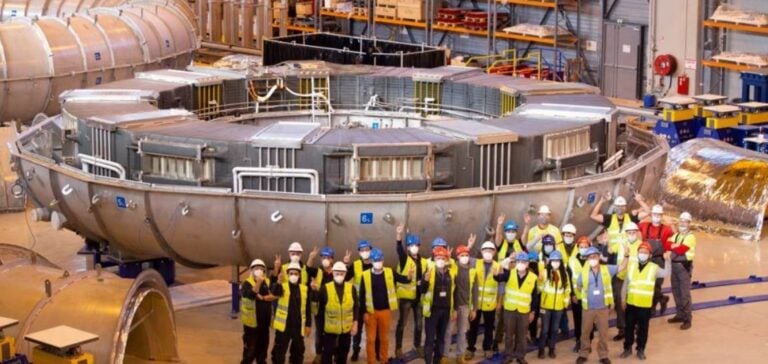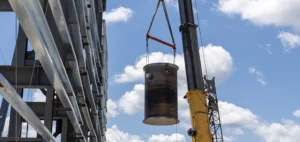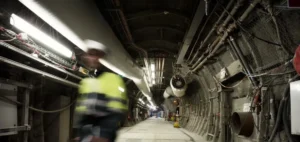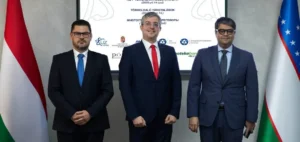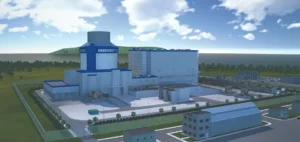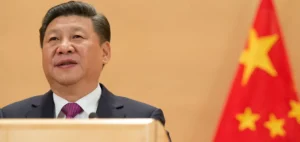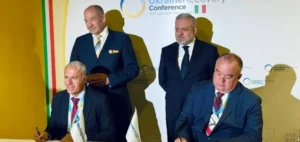Six poloidal field (PF) coils will be positioned horizontally aroundITER ‘s vacuum vessel, and D-shaped toroidal field coils to shape the plasma and keep it suspended away from the walls. Fusion for Energy, the European Domestic Agency for ITER, is responsible for procuring the five largest superconducting ring magnets in the project, marking a breakthrough in nuclear fusion.
International manufacturing and delivery
The smallest PF coil, PF1, measuring 9 meters in diameter and weighing 200 tonnes, was produced by Russia under a contract signed in 2011 and delivered to the ITER site in February this year. The PF6 coil, the heaviest of ITER’s superconducting magnets, weighing in at 350 tonnes and with an external diameter of around 11.2 metres, was manufactured by the Institute of Plasma Physics of the Chinese Academy of Sciences, a member of the TAC1 consortium.
European advances and assembly
The other four coils – PF2, PF3, PF4 and PF5 – were produced in Europe at the Cadarache site. Because of their large size, these coils are too big to be manufactured off-site and transported to ITER. In April 2021, the first European reel, PF5, successfully completed all manufacturing and testing and was removed from the facility for storage until its installation in September 2021.
Reduced production times and technical expertise
The PF3 coil, one of the two largest ring-shaped coils measuring 24 meters in diameter, marked the culmination of the technical and organizational expertise accumulated since the start of manufacturing. Although 30% larger and wound with 20% more superconducting cable, the PF3 was completed in two years and nine months, saving 15 months on manufacturing time.
ITER continues to push back the boundaries of science and technology. The installation of the poloidal coils underlines the project’s steady progress towards the realization of nuclear fusion as a clean, large-scale energy source.

